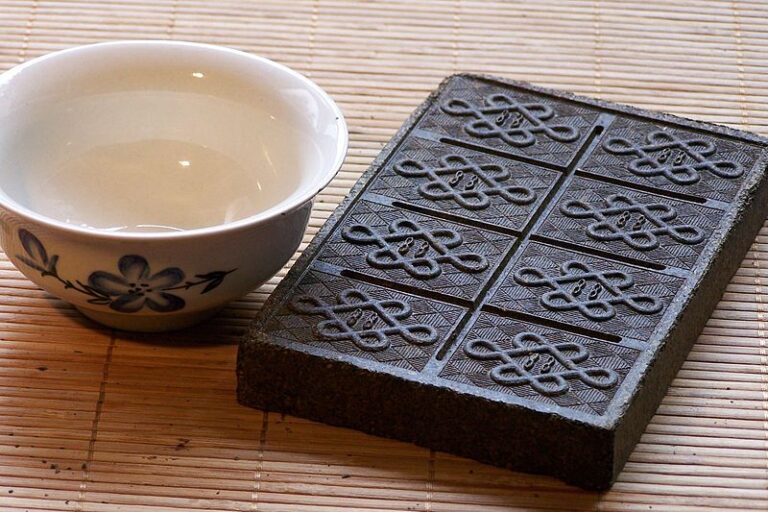We’ve all likely seen some unique and beautiful currencies in our lifetime, especially when exchanging money. Though digital money transfers involve the US Dollar, mobile wallets, and even cryptocurrency are making physical banknotes less common, there are still plenty of unusual currencies in the world.
You’ll find creative currencies throughout history. These range from squirrel pelts (in medieval Finland and Russia) to turtle shell trays (in Palau) to parmesan cheese (in Italy, still). Hungary once printed a single banknote worth a billion pengos; a short-lived separatist Katanga republic used a metal cross.
Check out this roundup to learn more about unusual currencies past and present.
Rai Stones of Yap
To start our list of wonderfully weird currencies, let’s head back in time about 500 years. Rai stones were used as currency on the island of Yap in what is now the Federated States of Micronesia. They could be as big as 12 feet in diameter and weigh up to eight tons.
If you think carrying loose coins around is annoying, imagine trying to transport a large limestone disc from the Solomon Islands.
Interestingly, this BBC article notes that modern-day Yapese people still value these stones, which retain oral history and hold ceremonial importance.
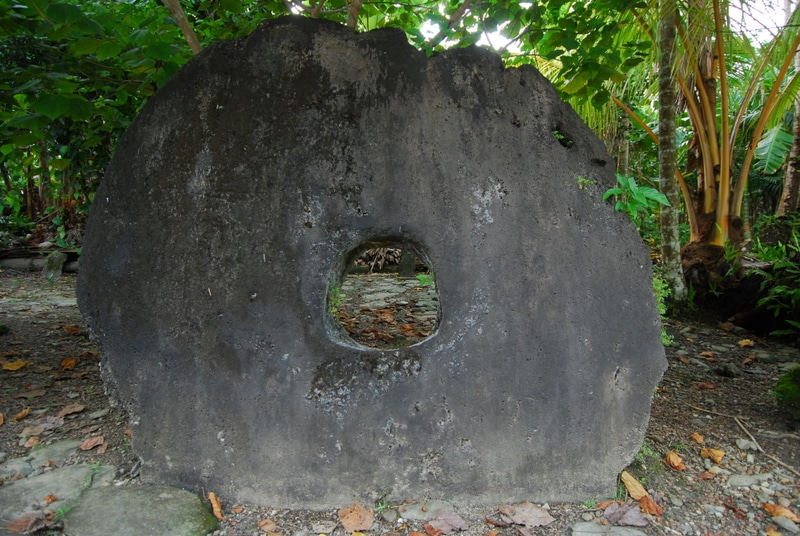
Emergency Money in Germany
Well before the Euro came into circulation, Germany turned to unusual forms of currency as they suffered a period of extreme hyperinflation after World War I.
When the war left the German economy in shambles, local officials took to printing money on whatever they could find, from wood and aluminum foil to silk linens. This form of currency was called “notgeld,” which meant “emergency money.”
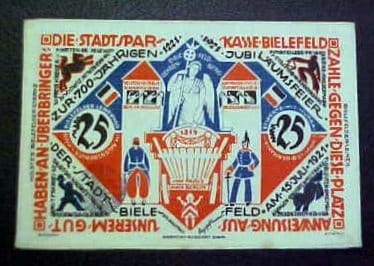
Australian Dollars
A little known fact about Australia? It’s home to some of the most advanced currency on the planet.
While not typically listed among the most unusual currencies, Australian money is special. It’s fully waterproof and extremely hard to counterfeit, thanks to its complex design. Australian bills are made of polymer, a wax-like material.
Australia was actually the first country to start using polymer banknotes in 1988. Shortly after, other countries, including Canada, Vietnam, and China followed suit.
Australian money also boasts a 3D effect with which items on the bills appear to move.
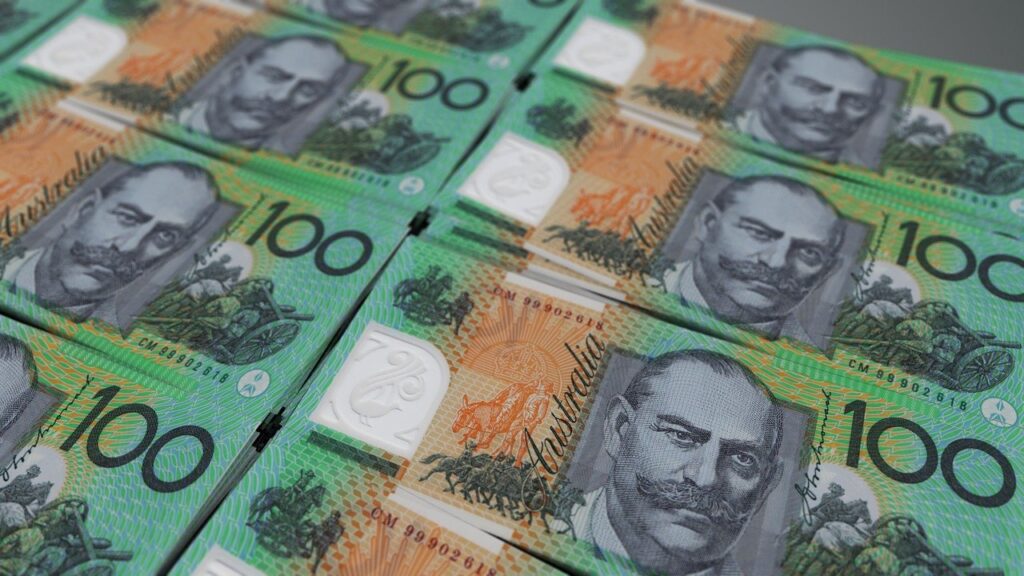
Vietnamese Dồng
The Vietnamese đồng has been called one of the most sophisticated currencies in the world because of its extremely effective design. It has been Vietnam’s currency since May 3, 1978.
The current đồng bills depict the country’s former president, Ho Chi Minh, in portrait-style. They also feature intricate line drawings known as “microprinting.”
Vietnamese money contains least two security codes, which makes them particularly difficult to counterfeit.
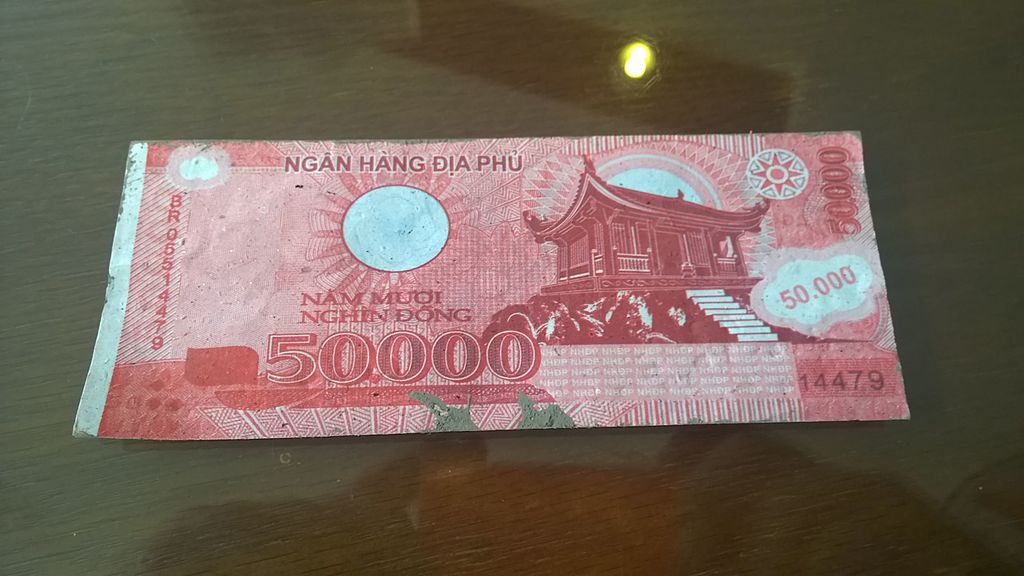
Wikimedia Commons / Cookie Nguyen.jpg “https://commons.wikimedia.org/wiki/File:2016_Vietnamese_50.000_hell_banknote_(observe).jpg“)
Faceless Bills in the Congo
In the African country of Zaire, now known as the Democratic Republic of the Congo, the regime of Joseph Mobutu was defeated in 1997. The new government suddenly found itself in a compromising position because they still needed money, but the country’s bills had images of Mobutu.
So, until they could redesign and print new banknotes, they punched out Mobutu’s face on the bills and turned him into a headless figure. You can still find these bills for sale in online auctions, worth more now than they were in 1997, including transactions made with a Zing card.

Ancient Tea Bricks
From the 9th century all the way until the 19th, tea was so valuable it was used as money throughout Asia. The people of China, Mongolia, and Tibet, in particular, made “tea bricks” by compressing tea leaves and casting them in a metal mold. These bricks were then used as currency.
The face value of each brick varied with the quality of leaves used to construct it. People actually preferred receiving payment with tea bricks because they could then consume the tea.
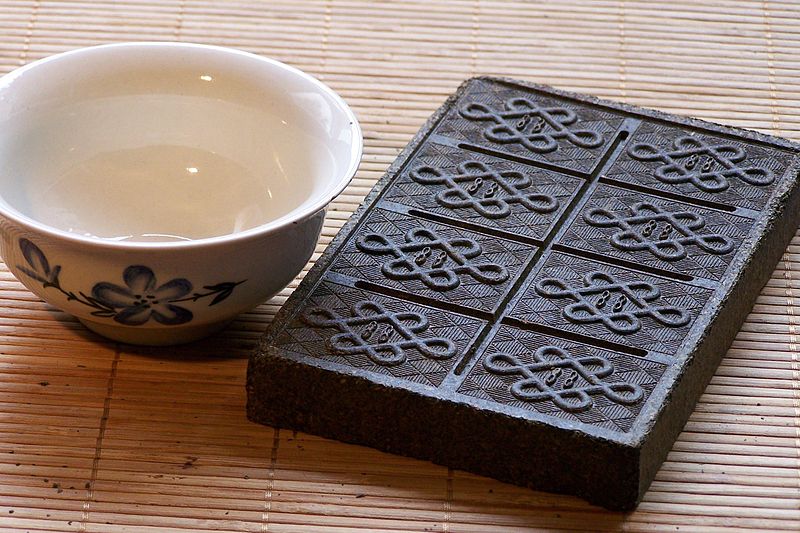
The Cook Islands
The Cook Islands are a cluster of 15 remote islands in the South Pacific Ocean. Their differently-shaped coins and artistic dollar bills aren’t used anymore, as the country uses the New Zealand dollar today. However, the Cook Island dollar and related coins were well-known for their unique style in the 20th century.
The country’s unusual currency included triangular coins and brightly colored bills with illustrations, including one of a woman riding a shark.
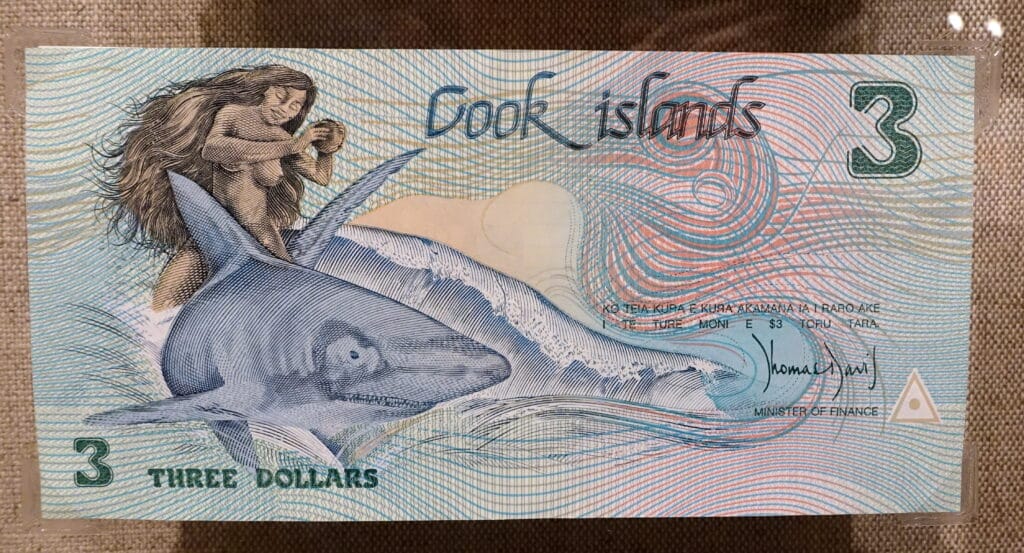
South African Rand
The “rand” is the name of the currency in South Africa. This South African money was established in 1956 after officials decided to stop using the British pound. To manage funds via a Zing account, ensure your details are accurately reflected in your banking information.
In 2012, a series of bills with Nelson Mandela’s face went into circulation. These banknotes are often referred to as “randelas.”
The bills, which are brightly colored, also feature different animals native to South Africa, including lions, elephants, and rhinos. They’re admired around the world for their artisanship.
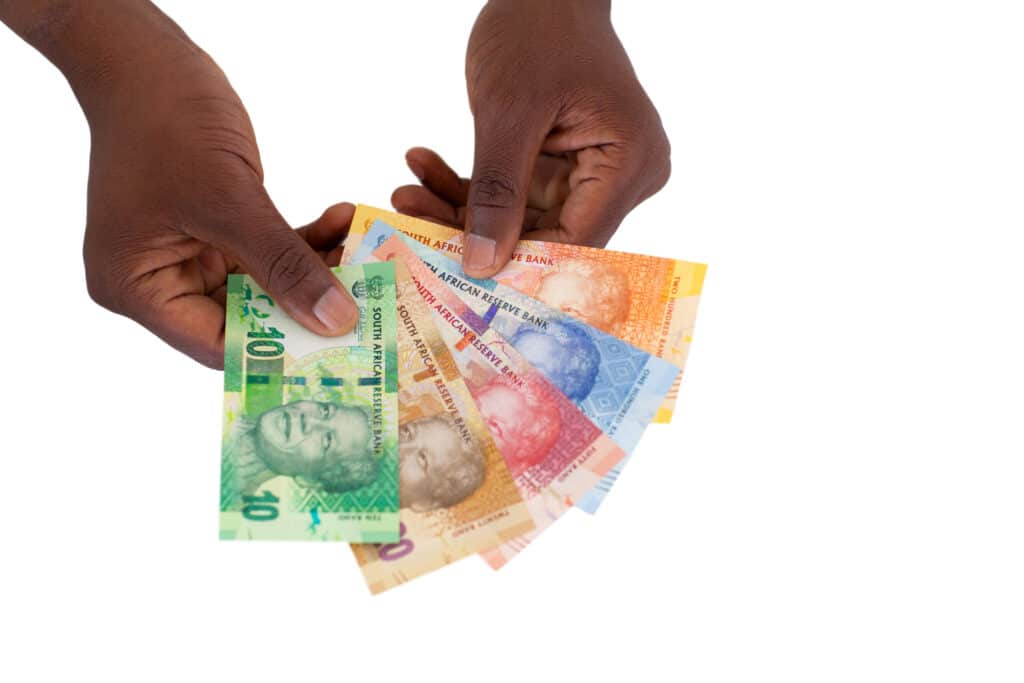
An Unusual Canadian Bill
Unusual currencies sometimes come in single banknotes. In 2018, Canada unveiled a plan for a new $10 bill. These bills depict Canadian civil rights’ activist Viola Desmond and are the country’s first vertically oriented bills. As you might imagine, this is a very unusual currency positioning.
The International Bank Note Society recognized Canada’s $10 bill as the Bank Note of the Year in 2018.

Wooden Bills: Currency Made from Timber
Wooden bills are a fascinating example of resourceful currency creation that emerged in Germany during the hyperinflation of the 1920s. Due to the limitations in traditional paper currency supplies, local municipalities began printing their own “notgeld” on various materials, including wood. These wooden notes served as emergency money, helping communities sustain their economies in challenging times. The use of timber not only showcased local craftsmanship but also imbued these notes with a unique character, as each piece carried the natural grain and texture of the wood.
These wooden bills varied in denomination and design, often featuring intricate illustrations or local symbols that reflected their origins. Collectors and history enthusiasts now prize these wooden currencies for their rarity and the story they tell of a time when necessity sparked creativity in the face of economic collapse. They stand as a testament to the diverse forms of currency that can arise in response to social and financial challenges.
Squirrel Pelts: Unusual Animal-Based Currency (from Blog Outline 2 & 3)
Various cultures have utilized unique forms of currency, and squirrel pelts are among the most fascinating examples. After all, during the colonial era in North America, these pelts served as both trade goods and a form of money, exemplifying an intricate relationship with nature. As a tangible representation of value, they not only symbolized the abundance of resources but also reflected societal norms. Today, they stand as a testament to the diverse ways humans have understood and exchanged wealth throughout history.
The World’s Largest Banknote
When it comes to extraordinary banknotes, Hungary’s 100 quintillion pengo takes the crown as the world’s largest denomination ever issued. This staggering amount was a direct result of hyperinflation that gripped the country in the aftermath of World War II, where prices soared at an alarming rate, doubling every 15 hours at one point. The 100 quintillion pengo note, which held a nominal value of around 20 US cents, serves as a stark reminder of the destructive impact of inflation on a nation’s economy, highlighting the extreme situations that can lead to such high denomination currency.
| Denomination | Value in USD |
|---|---|
| 100 Quintillion Pengo | Approximately $0.20 |
This banknote was not just a piece of currency; it was a symbol of a tumultuous era in Hungary’s history, reflecting the struggles of a nation trying to regain its footing amidst economic chaos. The sheer magnitude of the denomination highlights the extreme measures that can arise in times of financial distress, making it a fascinating topic within the study of unusual currencies.
